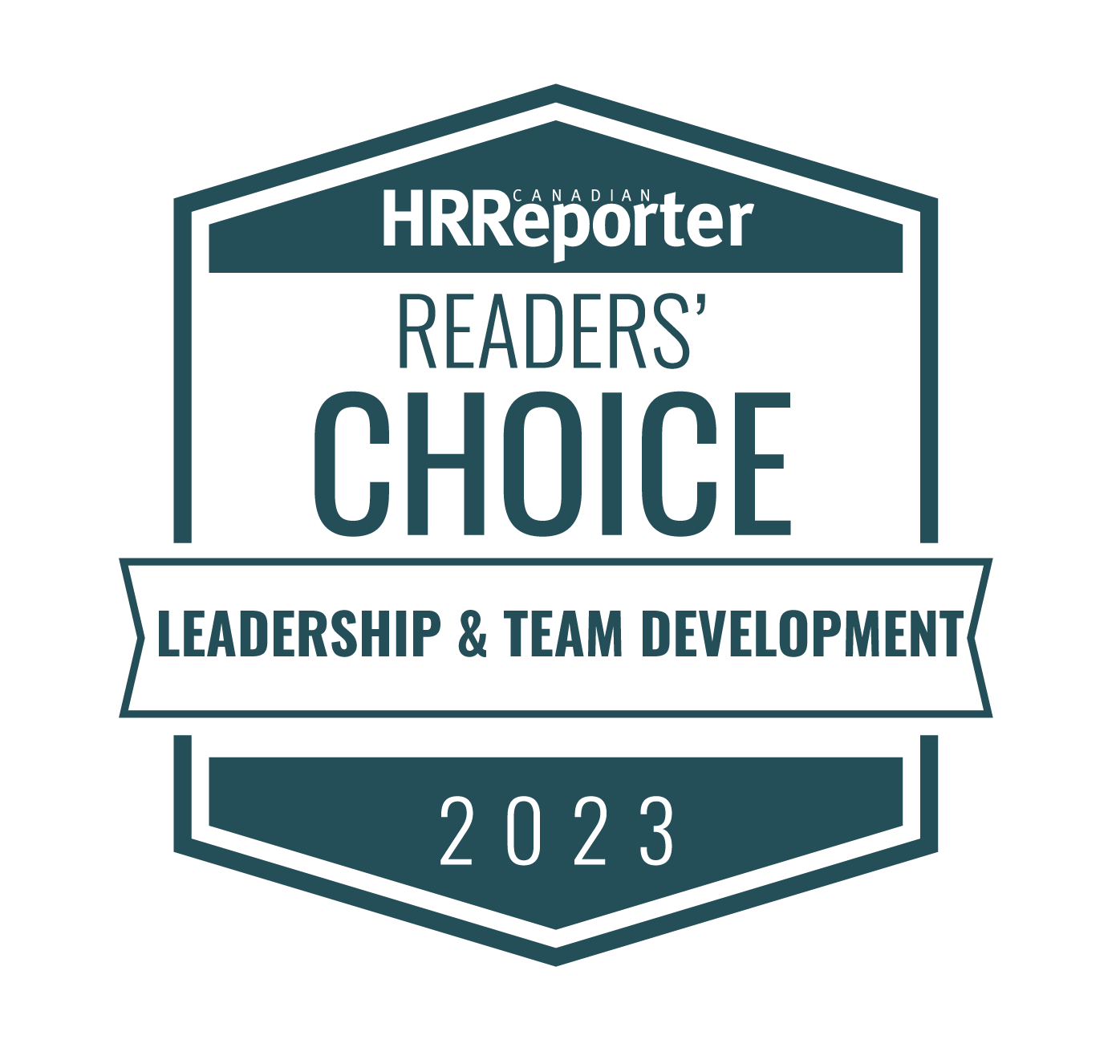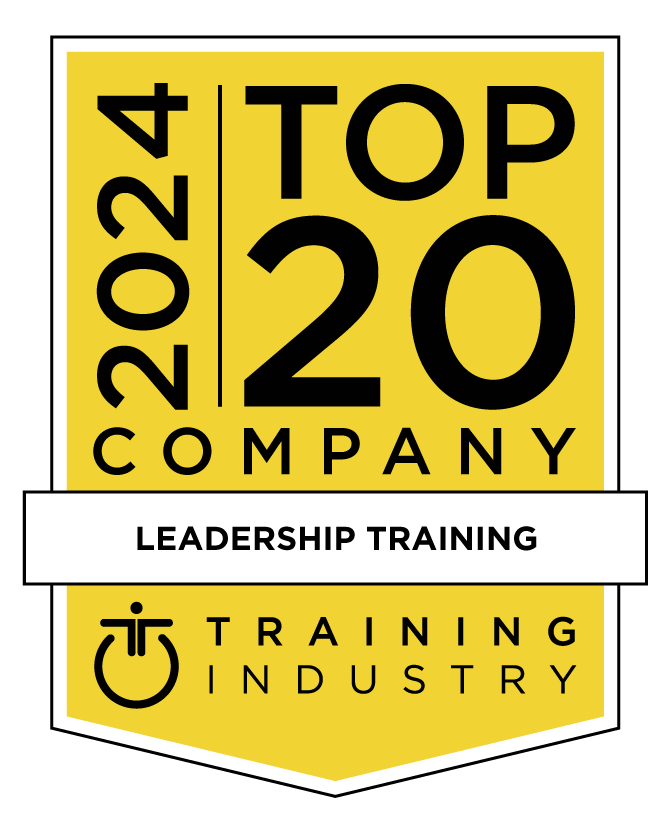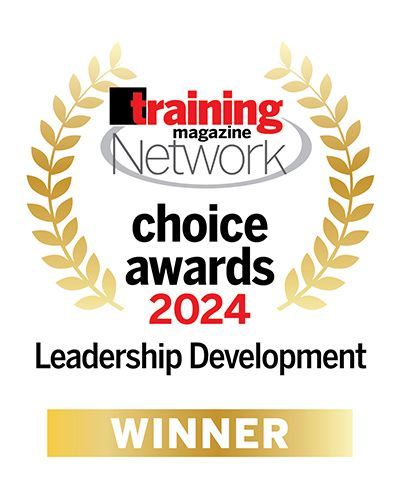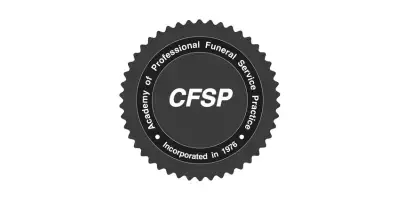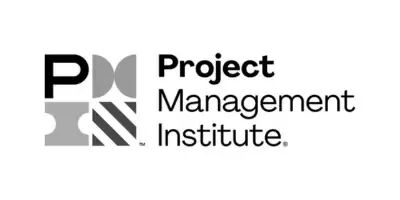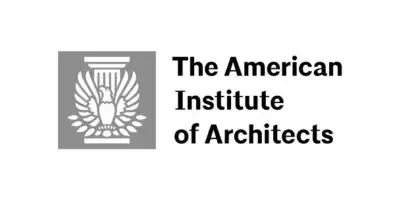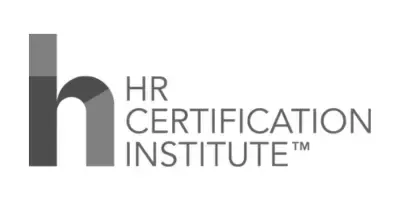Mastering Work-Life Integration: Key Strategies for Effective Leadership
In the contemporary landscape of leadership, achieving work-life integration is not a luxury but a strategic imperative. Leaders who can harmonize professional and personal spheres unlock a new dimension of effectiveness. This comprehensive guide explores the intricacies of mastering work-life integration, offering key strategies for leaders to excel both in the boardroom and beyond.
Why Work-Life Integration Matters
Balancing Act or Integrated Harmony?
Leaders often find themselves in a perpetual balancing act, trying to meet the demands of work and personal life. However, the essence of work-life integration lies not in a precarious juggle but in creating a symphony where both aspects seamlessly blend. It's about transforming the workplace from a battleground into a cooperative arena.
Boosting Productivity Through Balance
Contrary to the belief that an incessant focus on work leads to success, leaders who master work-life integration report enhanced productivity. The ability to switch between roles, fuelled by a balanced life, nurtures creativity and ensures that decision-making is not clouded by burnout.
The Foundations of Effective Work-Life Integration
Prioritizing with Purpose
Effective work-life integration starts with a purpose-driven approach to prioritization. Leaders must discern their personal and professional priorities and align daily activities with these overarching goals. It's not about doing more but about doing what truly matters.
Setting Boundaries Without Apology
Creating effective integration involves setting and communicating clear boundaries. Leaders need to articulate to their teams and stakeholders when they are 'unavailable.' This fosters a culture that respects individual space and acknowledges that leaders are not robots but humans with multifaceted lives.
Embracing Flexibility
Rigidity is the enemy of integration. Leaders must embrace flexibility, allowing for adjustments when personal or professional demands fluctuate. It's about recognizing that life is dynamic, and leadership strategies need to be adaptable.
Strategies for Seamless Integration
Time Blocking: A Leader's Best Friend
Time blocking is a tactical approach where leaders allocate specific blocks of time for dedicated tasks. Whether it's a focused work session, a family commitment, or personal time, time blocking ensures that leaders are fully present in each aspect of their lives.
Leveraging Technology Wisely
While technology has the potential to streamline tasks, leaders must use it judiciously. Constant connectivity can blur the lines between work and personal life. Establishing specific timeframes for emails and notifications helps in maintaining a healthy balance.
Delegating with Precision
Delegation isn't just about offloading tasks; it's about empowerment. Leaders should delegate strategically, matching tasks with team members' strengths. Effective delegation not only ensures that tasks are completed efficiently but also allows leaders the mental space for work-life integration.
Setting Personal "Golden Hours"
Each person has specific times during the day when they are most productive or creative. Leaders should identify their "golden hours" and prioritize essential tasks during these periods. This ensures that the most critical work aligns with peak personal energy.
Implementing Regular Check-ins
Work-life integration requires a consistent pulse check. Leaders should schedule regular check-ins with themselves to evaluate their well-being, reassess priorities, and make necessary adjustments to maintain balance.
FAQs: Mastering Work-Life Integration
Q1: How can leaders find the right balance between work and personal life?
A1: By prioritizing tasks based on personal and professional goals, setting clear boundaries, and embracing flexibility when needed.
Q2: Does work-life integration impact productivity?
A2: Yes, positively. Leaders who master work-life integration often experience enhanced focus, creativity, and productivity.
Q3: How can leaders effectively communicate boundaries to their teams?
A3: Open communication is key. Leaders should discuss boundaries transparently, emphasizing their importance for both personal and professional well-being.
Q4: What is the role of technology in work-life integration?
A4: Technology should be used strategically. Leaders should leverage tools for efficiency but establish boundaries to prevent constant digital interruptions.
Q5: Is delegation important for work-life integration?
A5: Absolutely. Delegation empowers teams, allowing leaders to focus on strategic priorities and achieve a better work-life balance.
Q6: Can work-life integration lead to long-term career success?
A6: Yes, leaders who effectively integrate work and personal life often report sustained career success, as they bring a balanced and focused approach to their roles.
Conclusion
Mastering Work-Life Integration is not a theoretical concept but a practical guide. By understanding why integration matters, establishing strong foundations, and implementing seamless strategies, leaders can navigate the complexities of modern leadership while maintaining a healthy work-life balance. It's not just about career success; it's about achieving success that permeates every facet of life.
Interested in a free Leadership Skills Workshop with your team?
- Address instantly fixable issues that impact customer perceptions and employee morale.
- Learn and practice a habit that will raise employee performance.
- Set actions with specific and measurable steps that they'll gladly be accountable to achieve.



